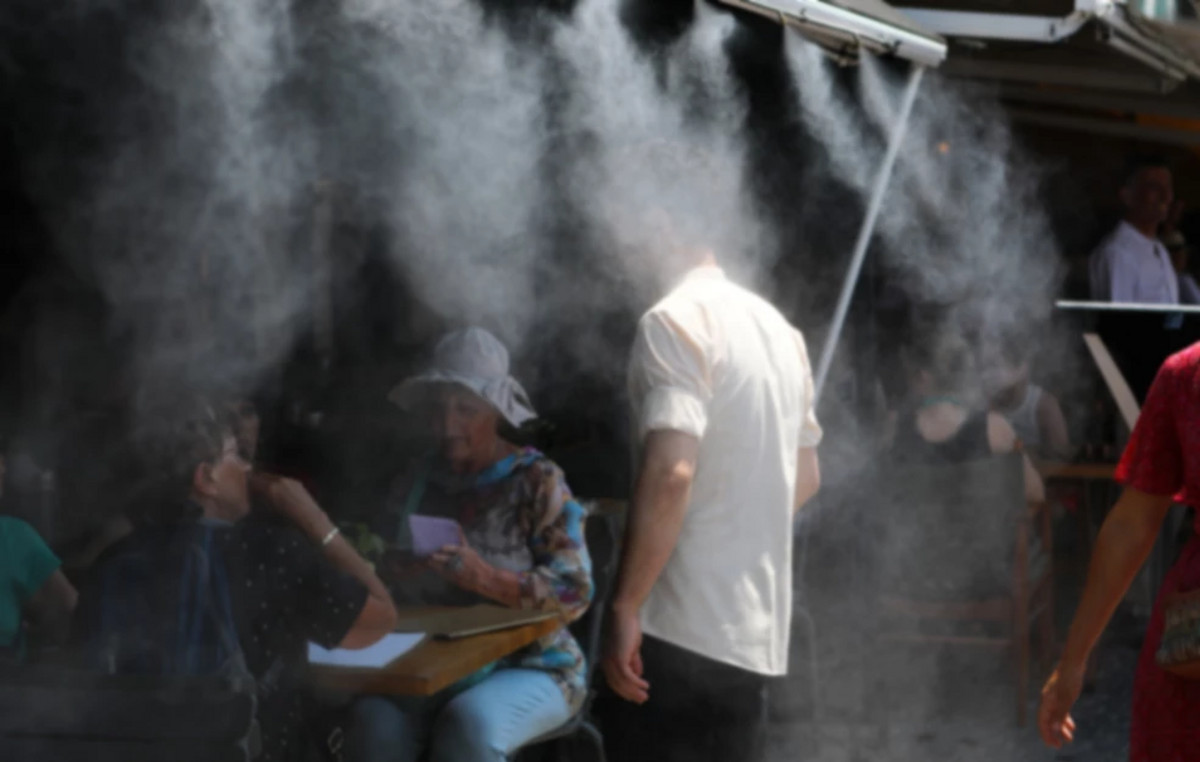The top five Brazilian retail banks by total assets – Itaú Unibanco, Banco do Brasil, Bradesco, Caixa Econômica Federal and Santander Brasil – had net income of BRL 26.2 billion in the third quarter, representing a combined increase of 36 % in a year.
The result was driven by greater credit granting and a jump in fee income. Both indicators reflected the reopening of economic activities, but they may slow down in the coming quarters, given the rise in interest rates and the deceleration of the Brazilian economy expected for 2022.
The last of the balances was released on Thursday (18) by Caixa Econômica Federal. The result of the public bank, which is especially strong in real estate credit, jumped almost 70% in one year, reaching R$ 3.2 billion in the third quarter of 2021.
From January to September, the result totaled R$ 14.1 billion, an increase of 87.4% compared to the same period last year.
The bank’s rate of return, around 20%, also surprised the market. The president of Caixa, Pedro Guimarães, said yesterday that the earnings are “very high” for a bank with a social nature. All banks had, however, strong profit growth between July and September.
With the reopening of business, customers of large banks began to carry out more transactions, using more cards and buying more products such as insurance, capitalization bonds and consortia. As a result, revenues from the provision of services and fees of the five largest banks grew 5% in one year, totaling R$ 37.2 billion.
Itaú had the highest revenue, of R$ 10.1 billion. Caixa, unlike its competitors, saw this revenue fall in the annual comparison, albeit at a modest level, of 1.1%.
Credit
The credit portfolio also showed strong expansion, 13.1%, with sharp increases, especially in private banks – Bradesco saw the portfolio increase 16.4%, while in Itaú and Santander the increases were 13.6% and 13.1%, respectively. The portfolio of the five totaled R$3.9 trillion in September. The biggest boost came from lines aimed at individuals and small businesses.
The numbers of the big banks crown the credit expansion in the system as a whole. In September, expanded credit reached R$ 13.1 trillion, according to the Central Bank (BC), an increase of 14.7% compared to the same period in 2020.
All this growth, however, should not be repeated in the coming months. Even before the typical volatility of election years expected for 2022, the main economic indicators have shown a deceleration, which may reduce the impetus for credit concessions.
In September, the Central Bank Activity Index (IBC-Br) dropped 0.27% compared to August. The indicator, a parameter of economic activity in the country, showed, according to economists, that the end of the third quarter was a weaker economy, with statistical inheritance also unfavorable for the fourth quarter of this year.
cold mood
At the same time, analysts expect the money to become more expensive next, with the hike in the benchmark interest rate.
“In view of the change in the spending ceiling, we revised our base scenario. Our assessment is that the ongoing change in the fiscal anchor will lead to higher risk premiums, a more depreciated exchange rate, together with higher inflation and interest rates, affecting economic activity, especially throughout 2022″, stated the Genial Investimentos, which cut its projection for the Gross Domestic Product (GDP) next year from 1.3% to 0.6%.
The Focus report, which reflects the average projections for the economy, showed a drop from 1% to 0.93% in the projection for GDP growth in 2022, the sixth consecutive reduction.
For the chief Latin American economist at Goldman Sachs, Alberto Ramos, double-digit inflation, rising interest rates, high political noise and fiscal uncertainty, in addition to the interruption of the upward trend in consumer and business confidence, create a challenging scenario for the economy in 2022.
So far, big banks have said they expect, in addition to a slowdown in credit, a rise in defaults next year. The expectation, however, is that profitability is maintained. Financial institutions are betting on credit concessions to individuals and small businesses, which generally have higher rates, to ensure stronger margins ahead.
Banks have stated that they have managed, so far, to pass on in part the increase in the Selic rate to new loan concessions, which can help with profitability in the coming quarters. “The new (credit) crops are already coming in with higher spreads (difference between cost and amount charged to the customer),” said the president of Bradesco, Octavio de Lazari Junior, last week.
Reference: CNN Brasil
I am Sophia william, author of World Stock Market. I have a degree in journalism from the University of Missouri and I have worked as a reporter for several news websites. I have a passion for writing and informing people about the latest news and events happening in the world. I strive to be accurate and unbiased in my reporting, and I hope to provide readers with valuable information that they can use to make informed decisions.







